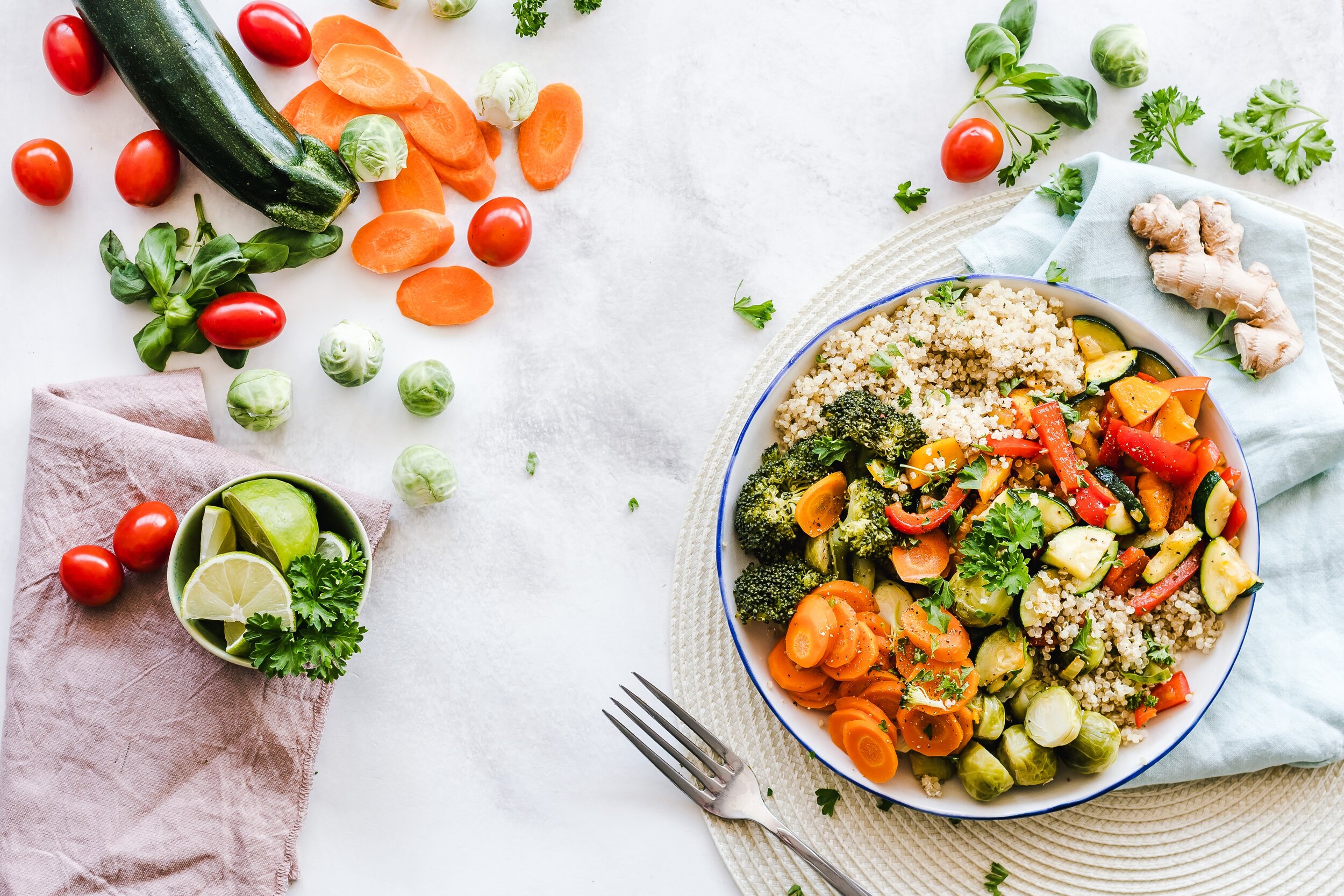As a new mom, once your little one has been birthed, your body’s hormones give your mammary glands the green light to begin lactating. Your milk supply depends on a multitude of factors: stress levels, physiology, how often your baby nurses, and NUTRITION. With the anxieties of being a new parent or simply overwhelmed with the notion of another mouth to feed, it’s easy to forget that your diet is a factor in your milk supply. Some mothers might need a little boost and the right food can do just the job. These are called lactogenic foods or galactogogues which are foods that support lactation. Present in these foods are phytoestrogens and other chemical properties that stimulate breastmilk production. Just by consuming certain food options that are categorized as lactogenic will help to produce higher-quality breastmilk.
We’ve rounded up a list of some lactogenic foods so that you won’t have to.
1. Fennel/Fennel seeds
Fennel seeds are a type of herb that was originally cultivated in the Mediterranean and help digestive, reproductive, endocrine and respiratory systems. It also increases milk production. The vegetable itself acts as a gentler support to the lactation. Fennel contain phytoestrogens which help in breastmilk production through stimulation of the mammary glands and have been used for centuries to help new mommas.
Fennel seeds are great for seasonings. Not only do they help in lactation but they treat indigestion, stomachache, and gas. The fennel itself can be eaten raw or cooked, put it in a salad, saute it in butter, or you can even make fennel tea. One of my own personal uses of fennel was as a seasoning for a rolled pork shoulder roast known as a “porketta.” Yum!
2. Grains and Legumes
You should consider including grains and legumes in your diet as they are galactagogues with a well-known history of lactation support. Some grain options include oats, millet, barley, and rice. Legumes like chickpeas, mung beans, and lentils are also beneficial to breastfeeding.
Oats have become one of the more commonly consumed grains acting as a primary lactogenic food in the US. Oatmeal lactation support cookies are very famous as they not only help to bring in the breastmilk but they’re a yummy treat for mom as well. Milkin’ Cookie has a variety of delicious oatmeal cookies packed with powerhouse ingredients giving you high-quality breastmilk. Want to bake it yourself? Consider your wish granted because we have cookie mixes available too. See our cookie offers here.
3. Raw Nuts
Almonds, cashews, and macadamia nuts help amp up mama’s milk production as they’ve been well-known to be lactogenic. It’s better if you eat them raw & unprocessed. It’s also a great snack to give you an energy boost throughout the day without worrying about spiking your blood sugar levels.

4. Barley Water
It’s known to be a galactagogue for over two thousands of years now. Mothers with chronic low milk supply will benefit from barley water when they drink it for a week or more. It can be made with whole grain or pearl barley. The taste might not be equal to your favorite tea or coffee brand, but at least you aren’t drinking Brewer’s yeast (also helps promote lactation).
5. Dark leafy greens
Not only great for your immune system, dark leafy greens like spinach, kale, collard greens, and broccoli support and promote lactation. They’re nutrient powerhouses which are packed with minerals, calcium, iron, and most importantly phytoestrogens. Considering their commonality, there’s a multitude of ways to insert these foodstuffs into your daily nutritional plan. Salads, wraps, juices…the list never ends!
6. Flax seeds
Whole flax seeds, which are a better option than the ground/powder ones, have properties (such as omega-3 fatty acids) that help moms produce more breastmilk. Flaxseed oil contains healthy fats that’s a healthy component in breastmilk which helps your baby’s brain development. In addition to enhanced lactation, omega-3s help with blood flow and immune support, so you are doing your body several favors by consuming more of it.
7. Sesame seeds
They are high in calcium and contain estrogen-like properties beneficial to your milk supply. Often found in bagels & breads, sesame seeds can also be used in cooking to spruce up rice or an assortment of other foods like chicken or pork.
Mommas, remember to consume in moderation. This list is by no means all-inclusive. If your milk supply is not low, do not focus on consuming lactogenic foods in abundance as you may risk creating difficulties for yourself like engorgement, mastitis, or oversupply. You run the risk of being uncomfortable and your baby might be impacted as well. (if it ain’t broke, don’t fix it, right!?) However you go about establishing a diet that promotes lactation, I would always suggest speaking with your doctor or pediatrician before making any severe changes. Bon Appetite!
References:
http://www.mobimotherhood.org/lactogenic-foods-and-herbs.html
https://www.mother.ly/lifestyle/lactogenic-foods
